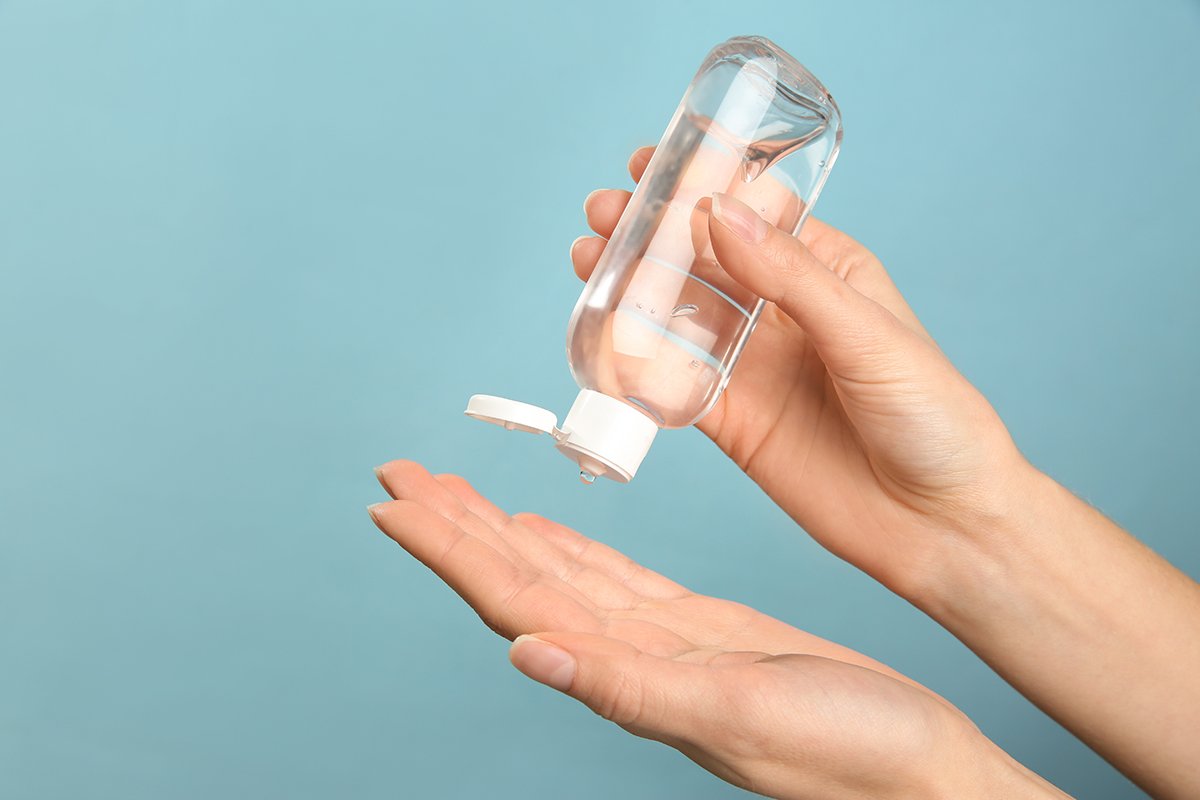You may have seen or heard reports about certain alcohol-based hand sanitizers containing a potentially dangerous chemical. Here's what you need to know to ensure you and your loved ones are using safe and effective hand-sanitizing products that won’t put you in harm’s way.
Methanol risks
To date, the U.S. Food and Drug Administration (FDA) has identified dozens of hand sanitizers that contain dangerous levels of methanol, also known as wood alcohol. Legitimate hand sanitizers contain a combination of isopropyl alcohol and ethyl alcohol (ethanol) to safely sanitize and disinfect.
Methanol is not an acceptable ingredient for hand sanitizer. The toxic alcohol – widely used as an industrial chemical and fuel source – is not only ineffective when it comes to killing viruses, it can cause serious damage if inhaled, absorbed into the skin or swallowed. Even small doses can be deadly.
Signs of methanol poisoning and what you should do
Symptoms of methanol poisoning include:
- nausea
- vomiting
- dizziness
- headache
- weakness
- blurred vision
- loss of consciousness
The contaminated products pose a particular risk to young children, who may accidentally ingest them, and adults who drink the products as an alcohol substitute.
Anyone suspected of having methanol poisoning should seek immediate medical treatment from the nearest emergency room.
With hand-sanitizing products saturating the market to meet skyrocketing demand, methanol contamination likely occurred due to improper manufacturing processes.
Unfortunately you can’t tell if a product is contaminated from its label, appearance or smell. The FDA’s do-not-use list, updated regularly, provides a list of dangerous hand-sanitizer products. Check the list to make sure your sanitizer is safe.
If you do have one of the listed items in your home, stop using it immediately. Dispose of the product in an appropriate hazardous waste container or contact your local waste-management center for guidance. Do not flush it or pour it down the drain.
Choose the right product
The Centers for Disease Control and Prevention (CDC) recommends hand sanitizers contain at least 60 percent ethanol and 70 percent isopropyl alcohol. (The FDA actually recommends hand sanitizers be at least 94.9 percent ethanol by volume.) If a product simply lists “alcohol” on it label, you’ll want to avoid it.
Play it safe and opt for trusted and approved brands, such as Purell, Touchland and others. While an off-brand option might save you some money, it’s not worth it if you end up with an ineffective or potentially dangerous product.
Handwashing is best
From road trips to trail treks, there are times when hand sanitizer is the only option for cleaning hands. But the best way to prevent the spread of infection and decrease the chance of getting sick is by washing your hands often with soap and water for 20 seconds. The CDC provides some great handwashing guidelines.


